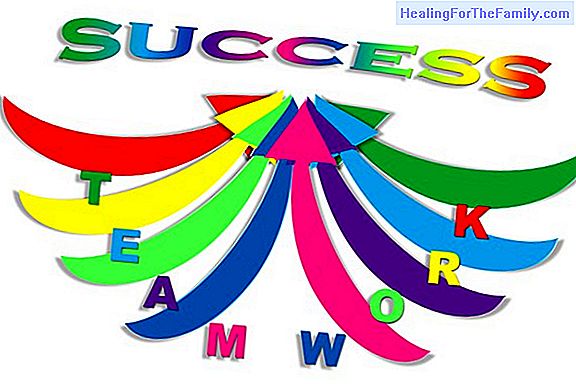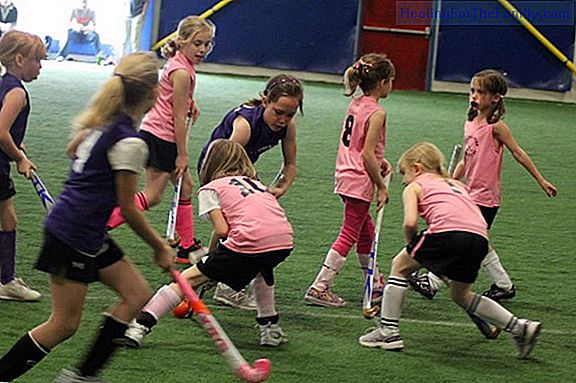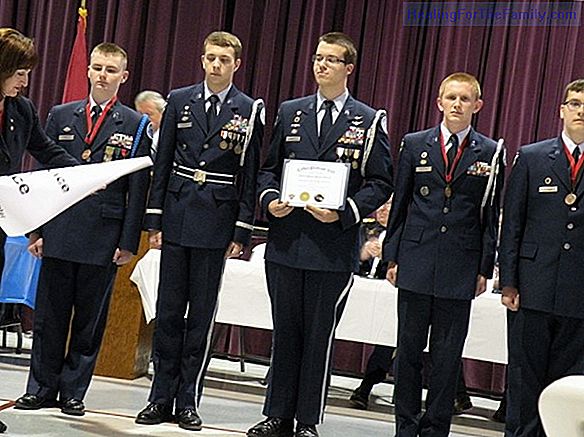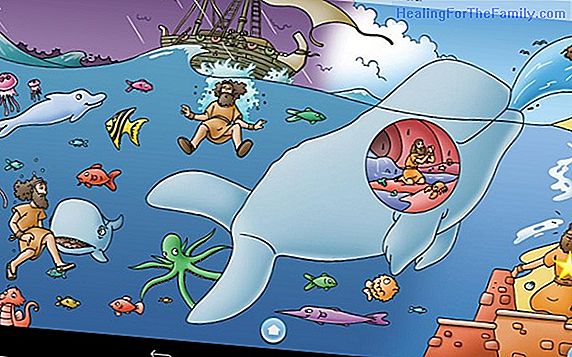How to explain the tradition of the day of the dead to children
In order for the children to understand all the aspects that encompass the tradition of the Day of the Dead (a festival of great importance in Mexico) it is necessary to begin to talk about its origins. The Day of the Dead is a celebration that dates back to pre-Hispanic times. Its origin comes from
In order for the children to understand all the aspects that encompass the tradition of the Day of the Dead (a festival of great importance in Mexico) it is necessary to begin to talk about its origins. The Day of the Dead is a celebration that dates back to pre-Hispanic times.
Its origin comes from before the arrival of the Spaniards, who had a unique conception about death, unlike them, the Indians thought that the dead took different paths, depending on the cause for which they had died; in general they had a vision where death was a matter of worship and praise.
By joining the Catholic religion taught by the Spaniards, with the beliefs of the indigenous peoples, una a unique perception of death was created in Mexico full of elements and symbolisms that to this day persist as part of the cultural identity from Mexico. So we can explain the tradition of the day of the dead to children. Explain the tradition of the day of the dead to children
The day of the dead is one of the most representative festivities of Mexican culture, declared
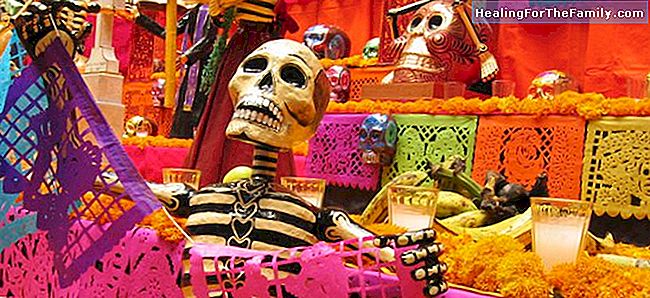
intangible cultural heritage according to UNESCO , this celebration takes place on November 1 and 2 every year. November 1 is the day when the dead children are remembered and the 2nd is the day of the adult dead.To explain the tradition of the day of the dead to the children, you can tell your little one that during these days
families often go to the cemeteries to decorate with flowers and offerings the graves of the deceased. In the houses it is customary to place altars of the dead, so that during these days the souls come back from the beyond and visit their families. In schools they may also ask children for offerings to build altars usually dedicated to famous people from the world of art, cinema, television, literature, among others, all with the aim of remembering their exploits and the mark they left. by going through this world.
This invites the little ones to reflect on the subject of death, to remember their ancestors and their teachings, as well as to value life and let them learn to enjoy their day to day. Meaning of the altar of the dead for children
If you tend to place an altar of the dead in your house,
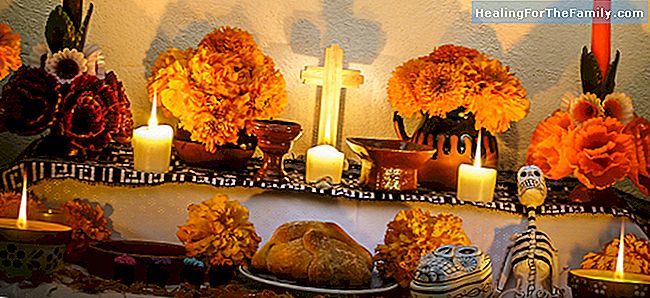
do not forget to remind the children of its meaning and the reason why this tribute is placed to the deceased. The idea of the altar of the dead is to have a place where you remember the loved ones who have died, with the aim of helping them achieve eternal rest. In it are placed things that the deceased liked as food or personal items; It also contains elements that come from ancient traditions, which have a specific meaning. -The levels of the altar
Each level represents the "worlds" that the deceased must go through to obtain his eternal rest. If the altar is of two levels they represent heaven and earth, if it is three they represent heaven, purgatory and the underworld, and if it is 7 they represent the levels of the underworld.
-Elements of the altar
-Veladoras
. The flame they produce means hope and they are used to guide the deceased to reach the altar. In some indigenous communities each candle represents a deceased, so depending on the number of candles that the altar has, it is the souls that the family will receive.-Copal.
This comes from pre-Hispanic times where it was used to praise the ancient gods. It is currently used for the purification of space and to achieve a pleasant atmosphere for the deceased. -Arch.
It represents the entrance to the world of the dead and is usually decorated with flowers and fruits. -Flowers.
The typical flowers of the day of the dead give color and joy to the altar, decorate and aromatize the place. The most common are the wallflower, the cloud and the flower of cempasuchil. -Foods.
Plates are placed that were liked by the deceased. -Personal objects.
In the earthly levels, the most beloved objects and objects appreciated by the deceased are usually placed. -Photography.
It is customary to place the photo of the deceased on the top of the altar, right in the middle of it.-Elements Christians.
Since Mexico is a religious country, elements belonging to Catholicism such as crosses, images and rosaries are also included. -Natural elements.
Wind, water, fire and earth are represented on the altar in one way or another. -The salt.
It is a purification element, it will help the dead person in his round trip for the following year. -Claves.
They remind us to accept death as something inevitable and as part of life itself. Day of the dead: more than a cult to death is a cult to life
Many times
it can be complicated to clarify to children the concept of death. To do this, you can talk to them about their ancestors, their great grandparents or great grandparents, teach them pictures of them, and above all, make them a tribute to remember their time in life, through the tradition of the day of the dead. Remind them that this day is not a reason for sadness
, on the contrary, it is a happy date because we are remembering the loved ones. These are days that are filled with color, celebration and tradition, to share as a family. Especially for the little ones it can be a very attractive party, for its delicious food, like pan the bread of the dead,for the funny toys in the shape of skulls, as well as chocolate sweets and marzipan in the form of skeletons typical of these dates. For all that and much more, día the day of the dead is a popular celebration of great importance and ideal for children to value the culture and tradition of this celebration. It is undoubtedly a ritual that
privileges the memory of forgetting, a and through this vision the children will be able to obtain a different way of remembering the beings they loved very much and who are no longer with us.



